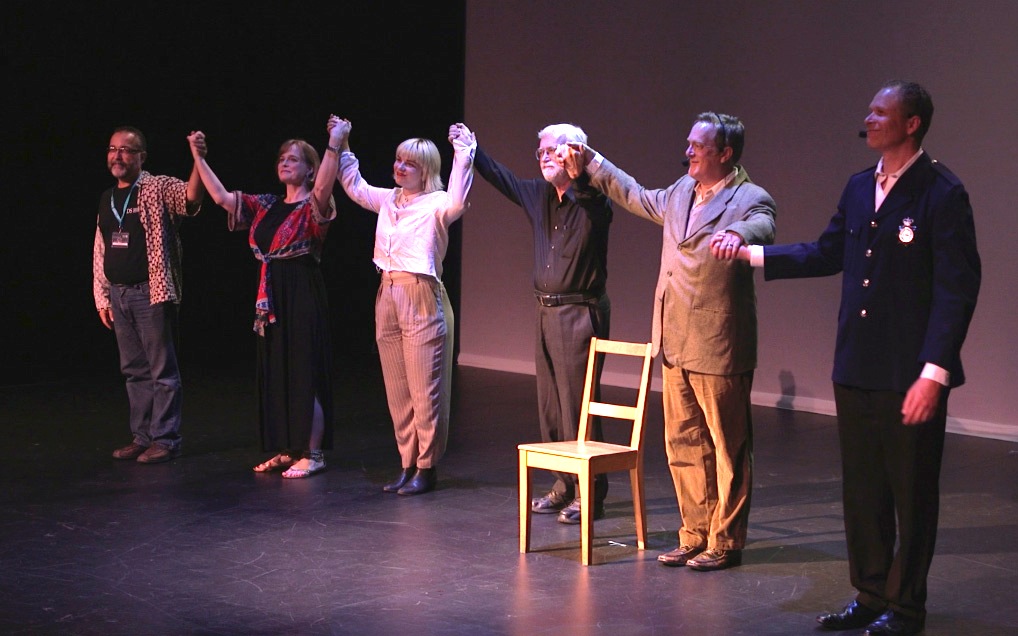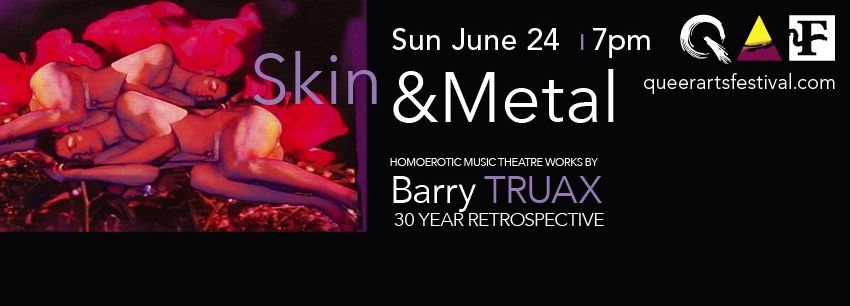"SKIN & METAL"
Music Theatre Works by Barry Truax
June 24, 2018
Roundhouse, Vancouver
THE PROGRAM
Skin & Metal (2004), music theatre for leather percussionist and
digital soundtracks (11.5’)
Jerry Pergolesi, percussion
Androgyne, Mon Amour (2001), a video with dancer, male double bass
player and two digital soundtracks (16'); Text: Tennessee Williams
Thou & I (2003), for tenor, baritone and digital soundtracks (10’)
William George, tenor; Steven Maddock, baritone
Texts: Alfred Lord Tennyson, Walt Whitman, R. M.
Rilke, Katherine Philips, Rumi
INTERMISSION
The Sibyl (1997), for two mezzo-sopranos, video and soundtracks
(abridged version) (16’)
Melanie Adams, mezzo-soprano; Hilary Ison,
mezzo-soprano;
Texts: Aphra Behn, Louise Labé, Katherine Philips,
Lady Mary Wortley Montagu
Enigma (2012), The Life and Death of Alan Turing, for tenor, baritone,
piano, video and soundtracks (Part 2 and From The Unseen World) (20’)
William George, tenor; Steven Maddock, baritone;
Barry Truax, piano
Libretto by the composer, based on texts by Turing
THE PHOTOS
SKIN & METAL
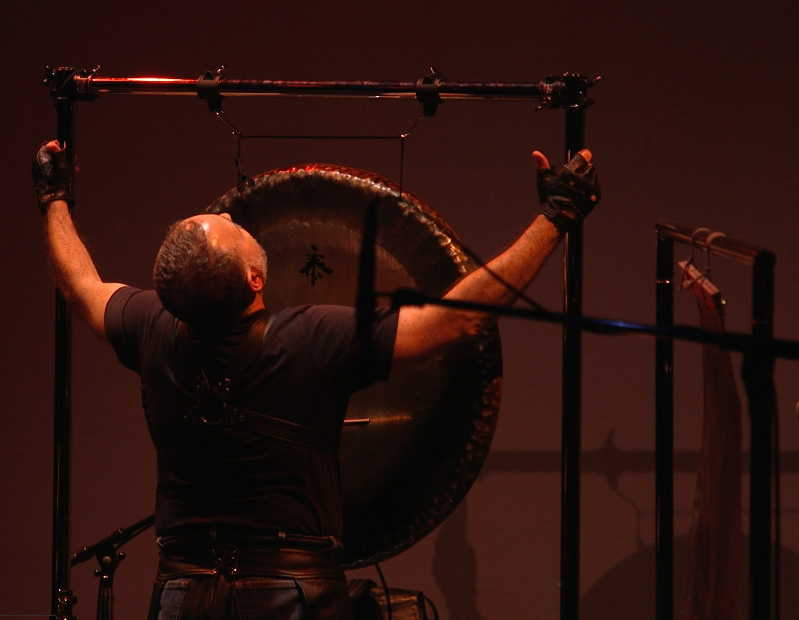
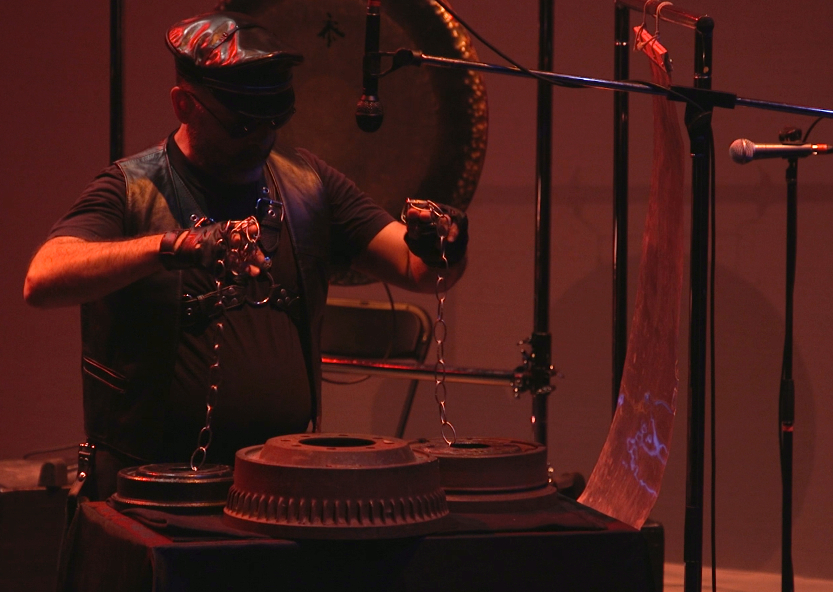
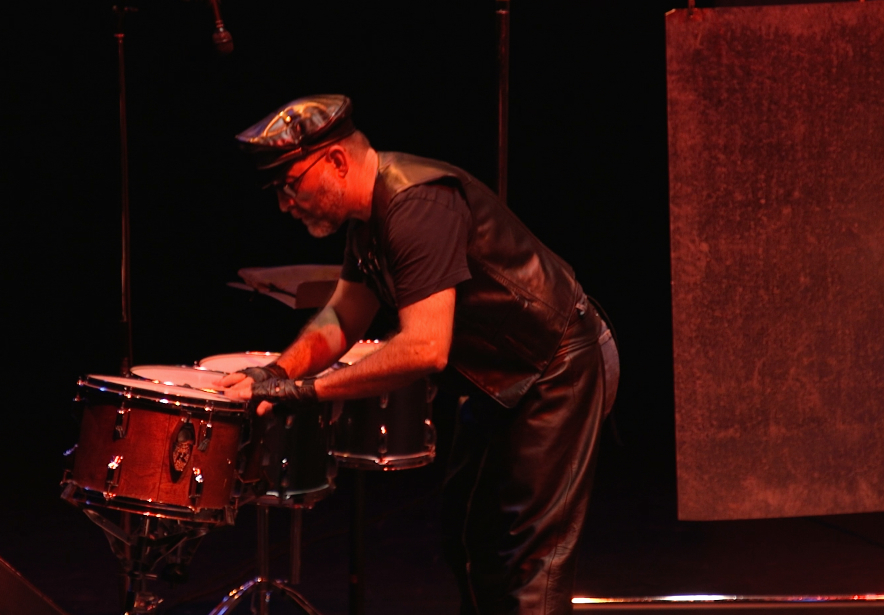
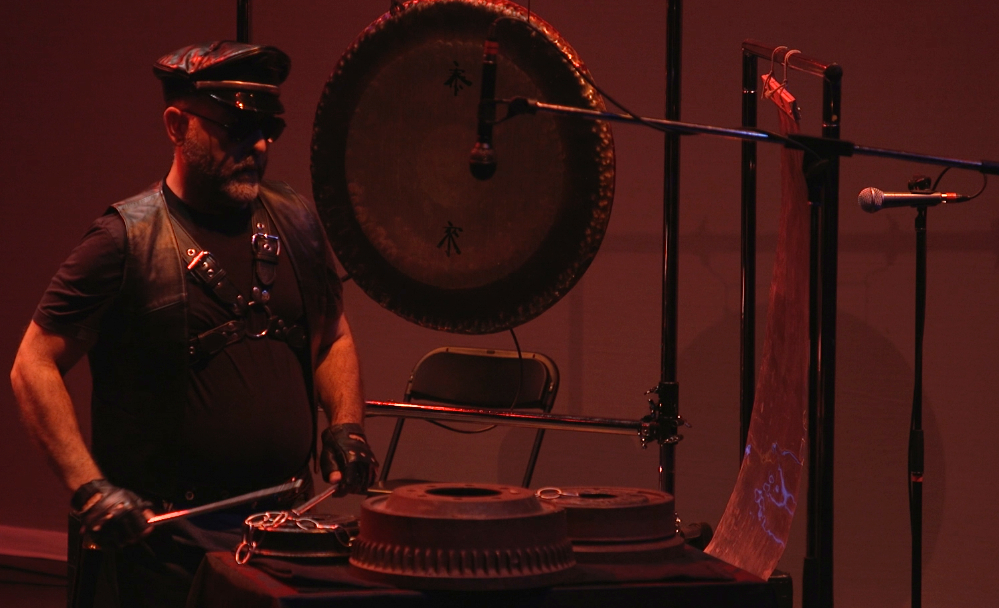
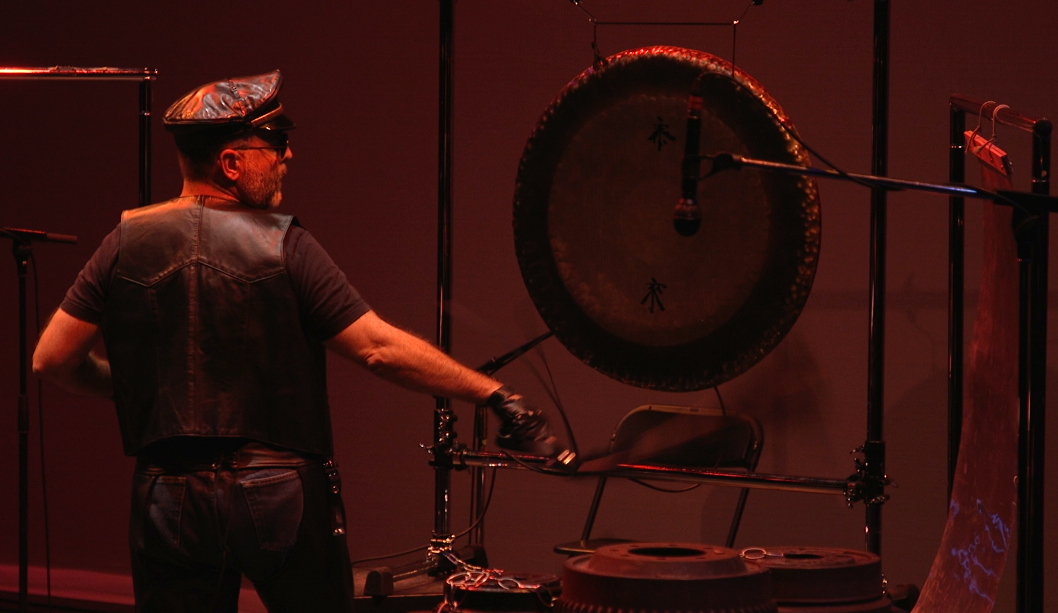
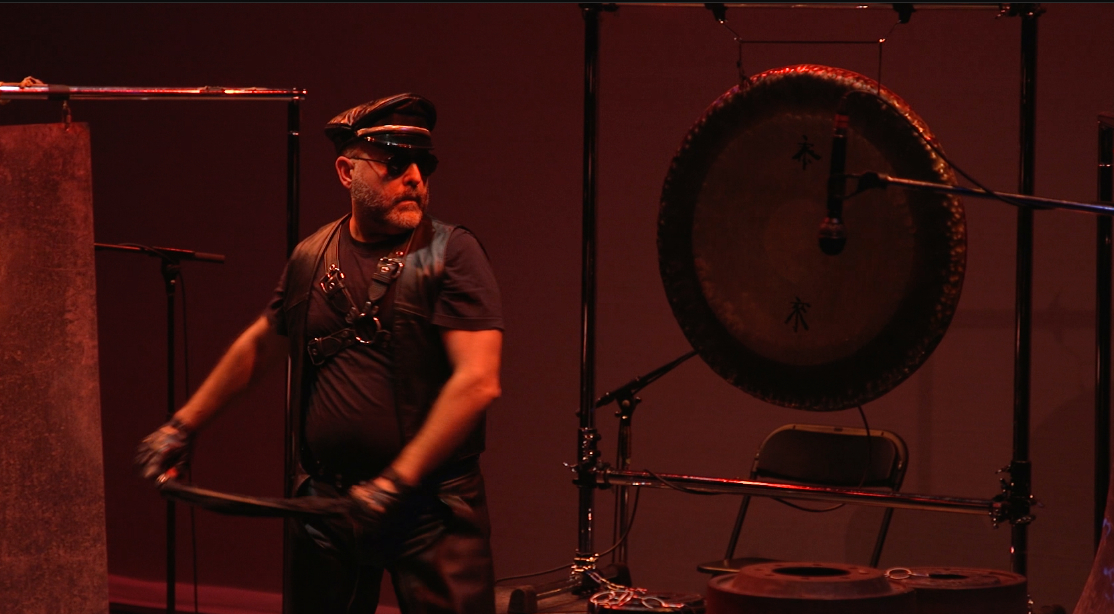
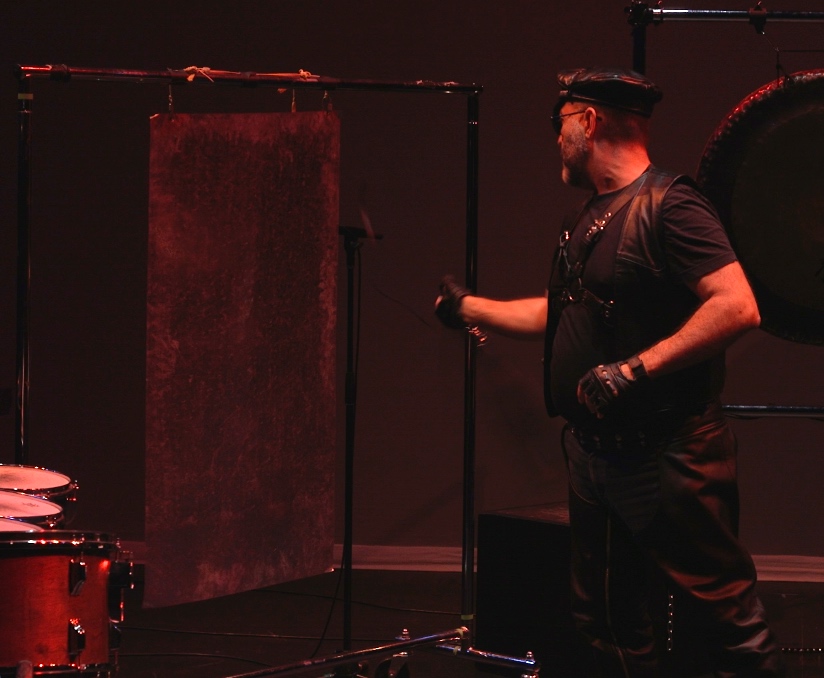
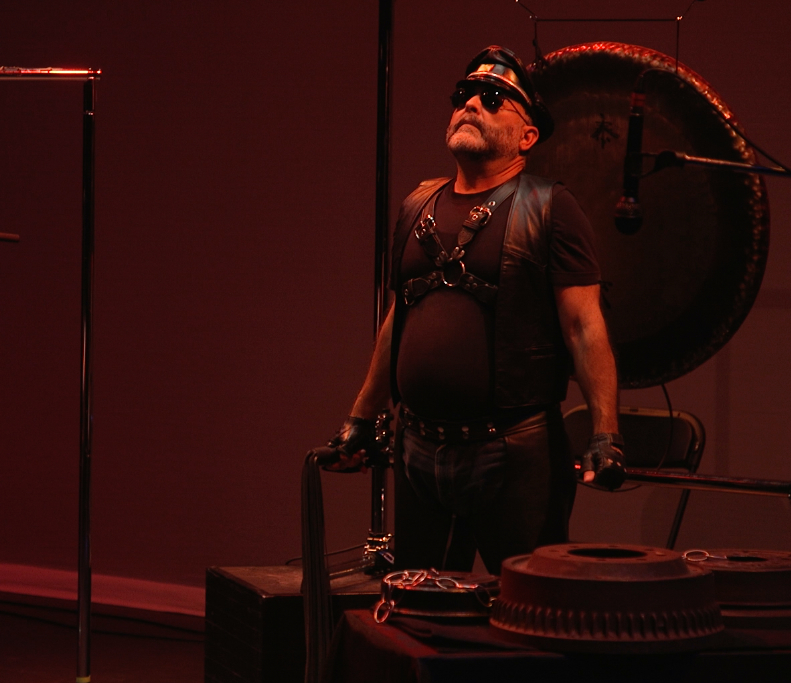
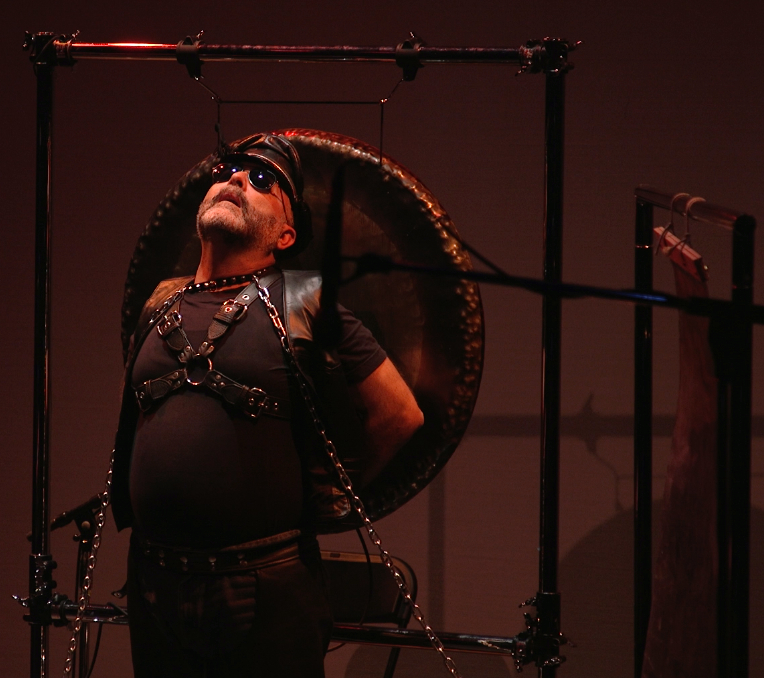
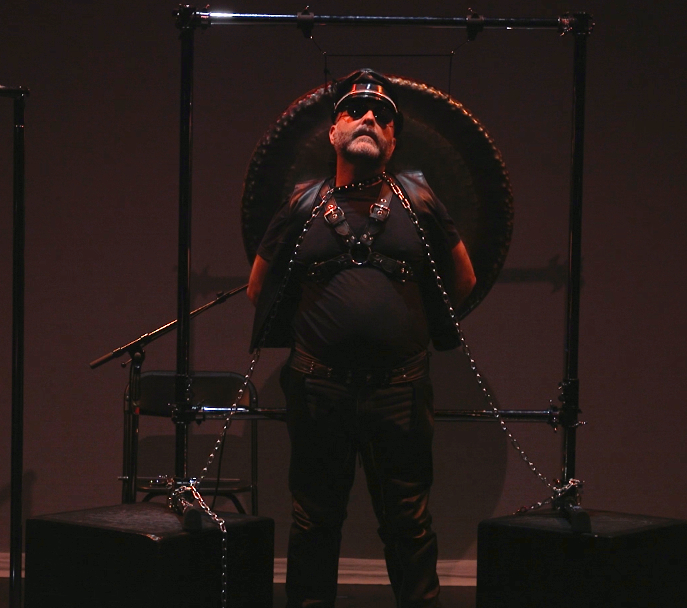
THOU & I
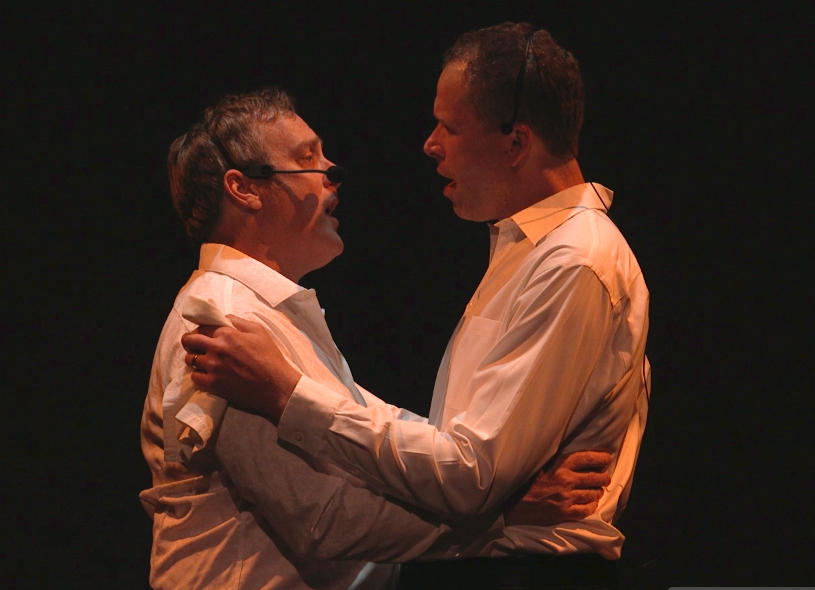
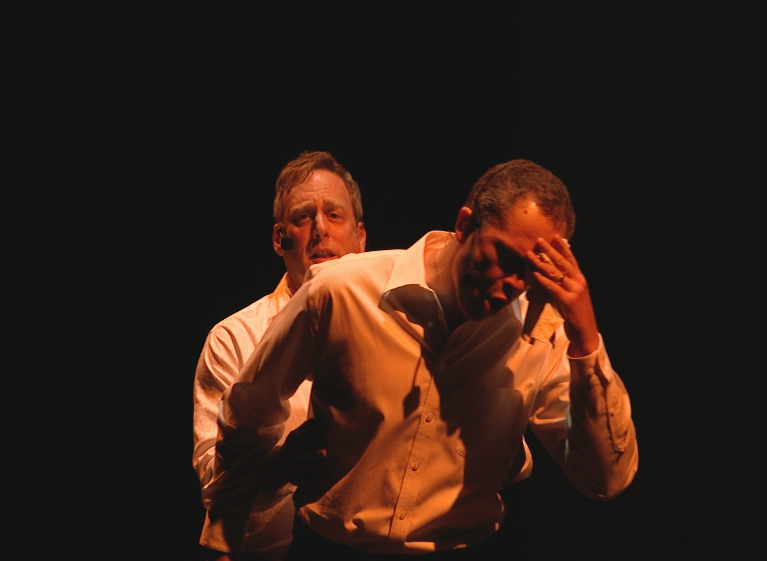
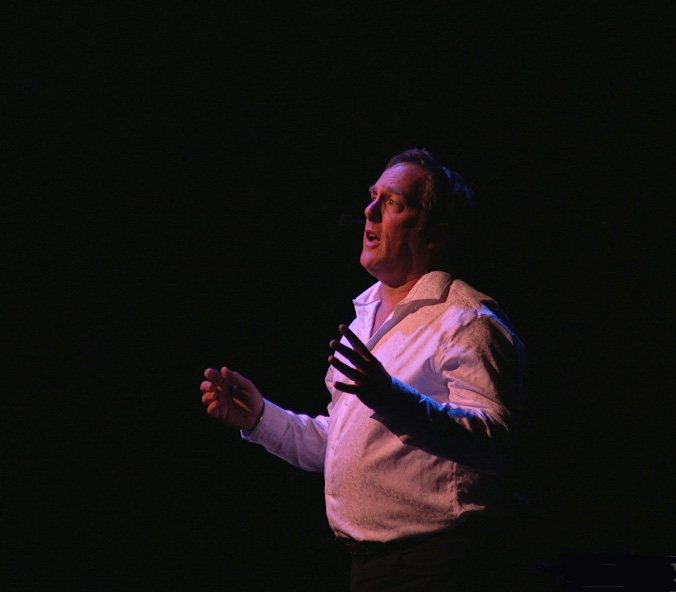
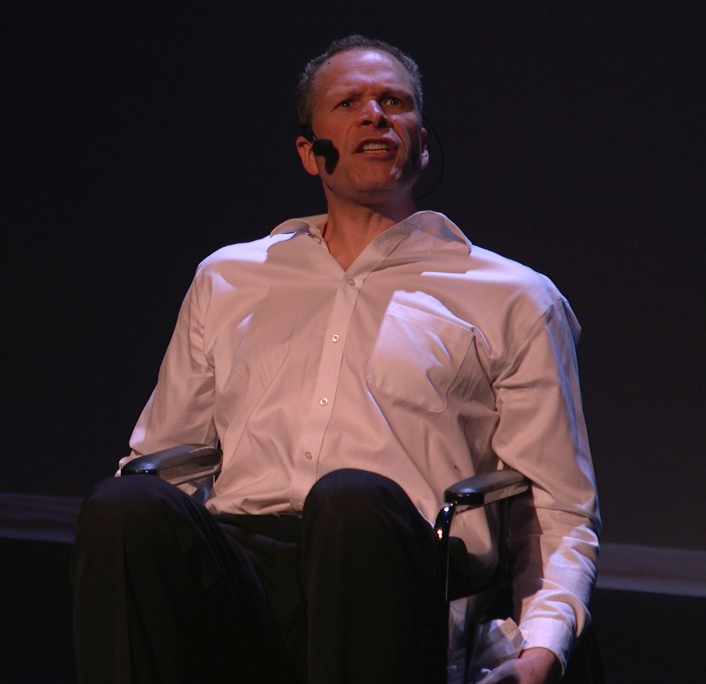

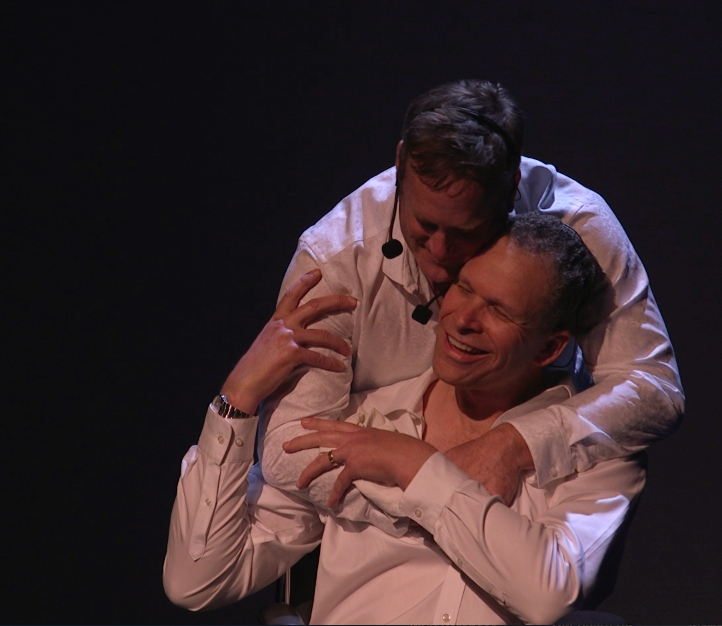
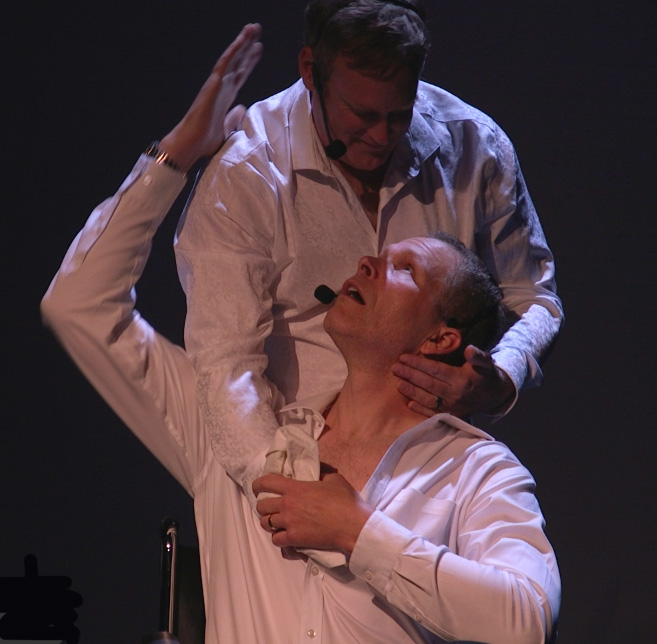
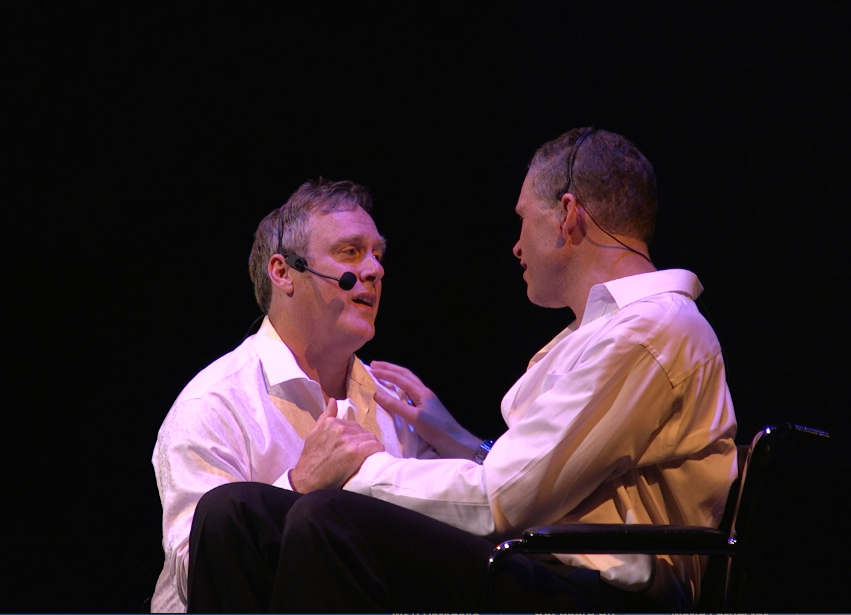
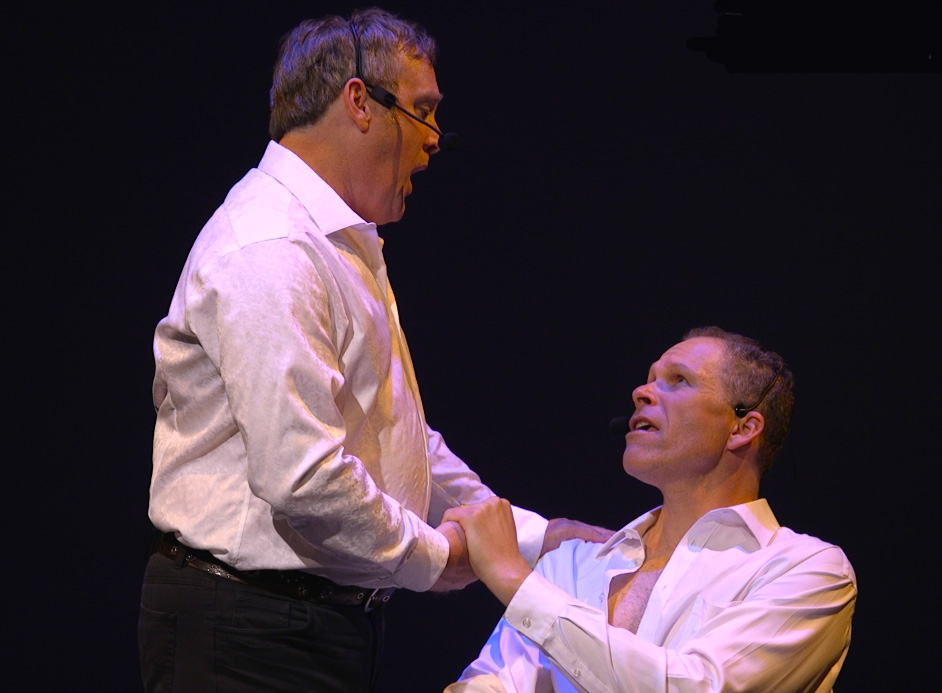
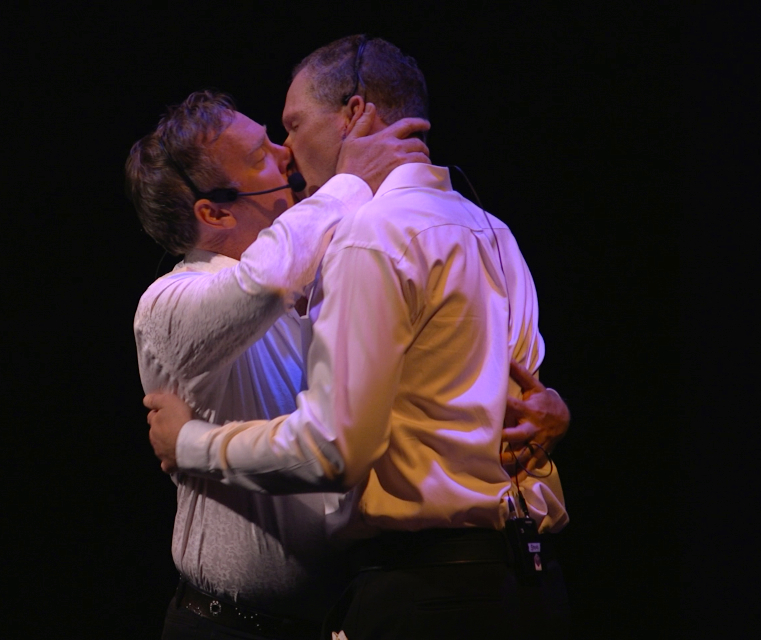
THE SIBYL (abridged)
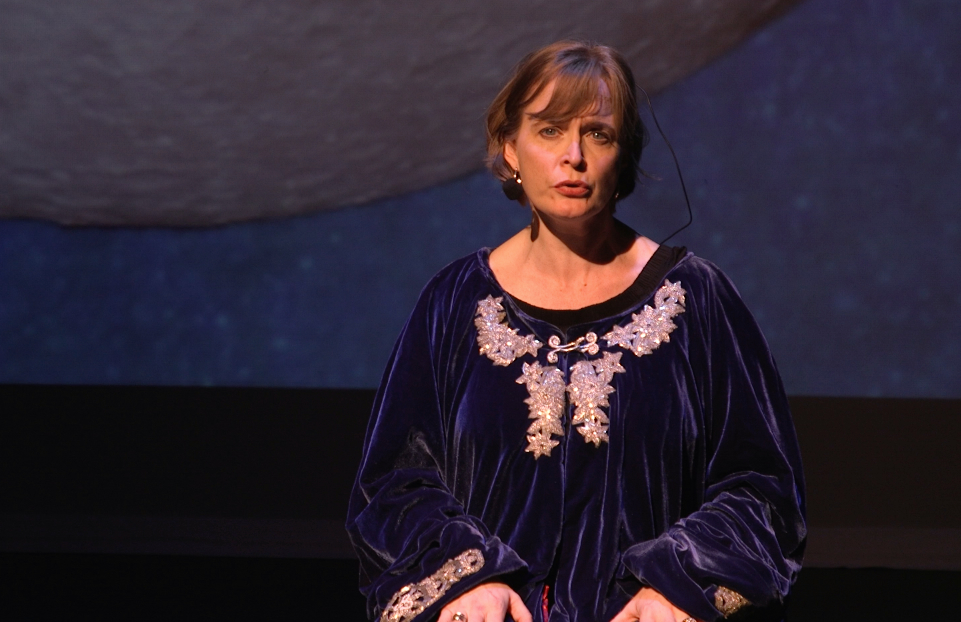
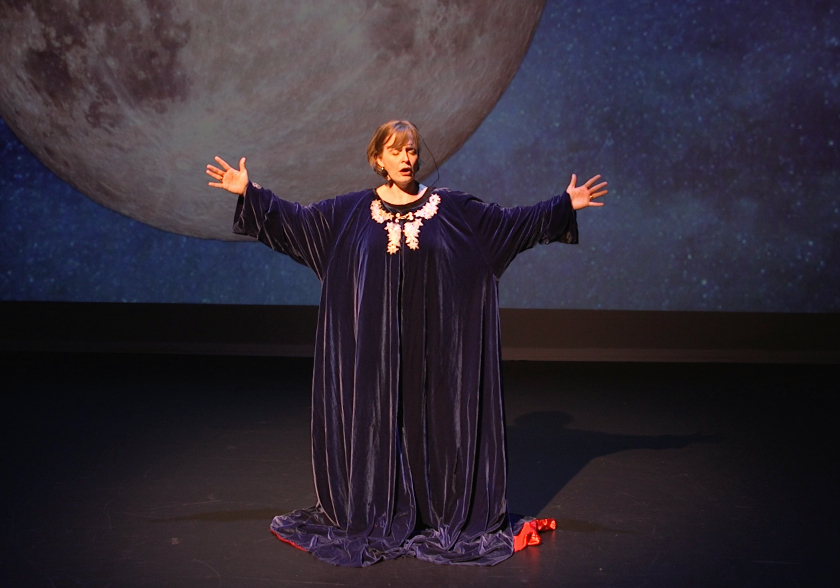
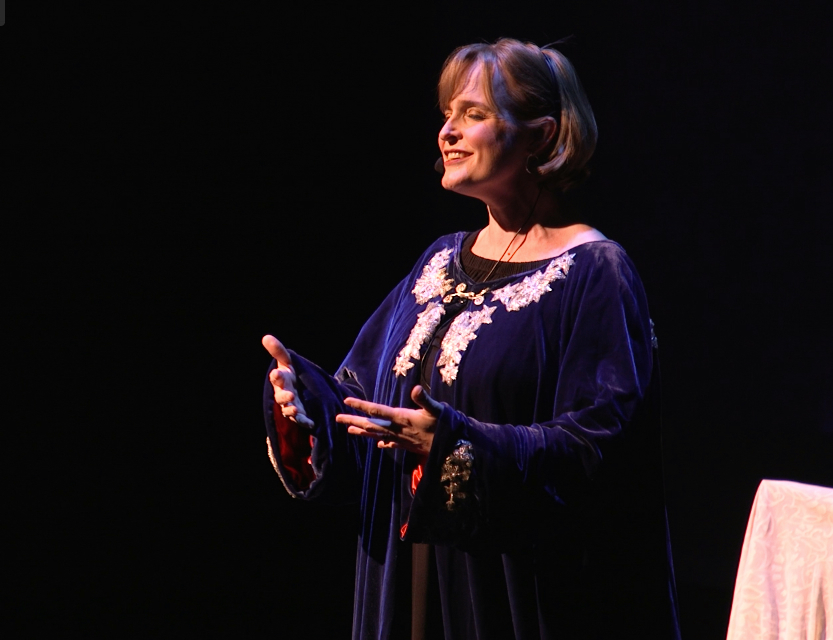
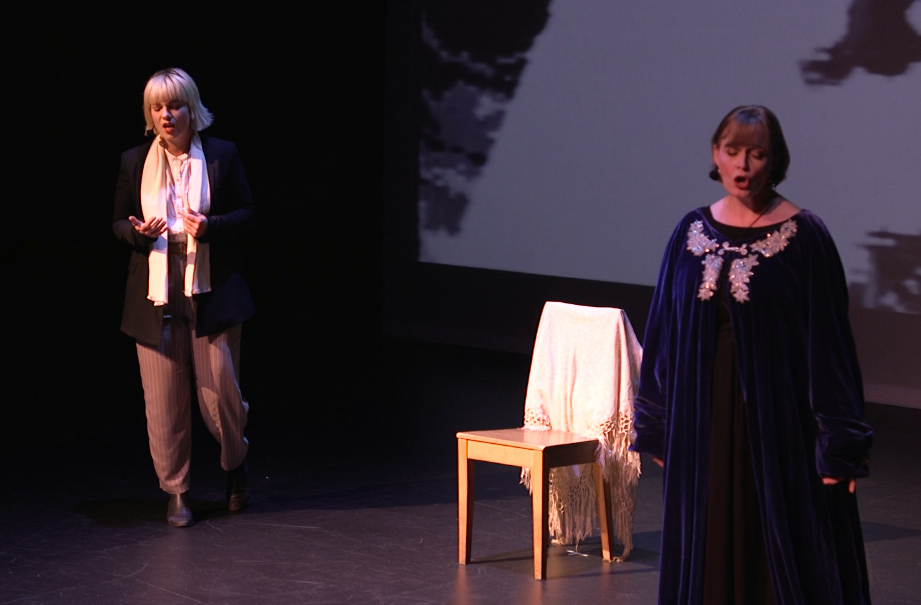
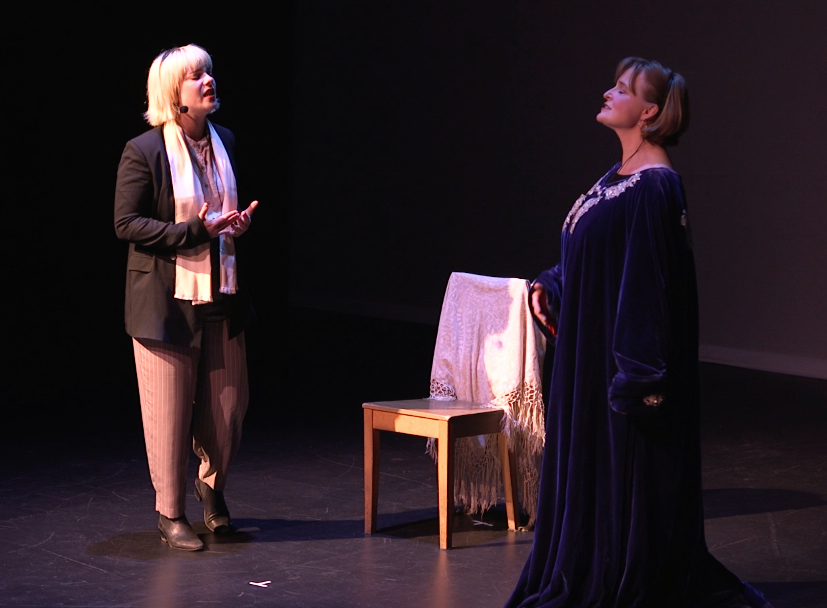
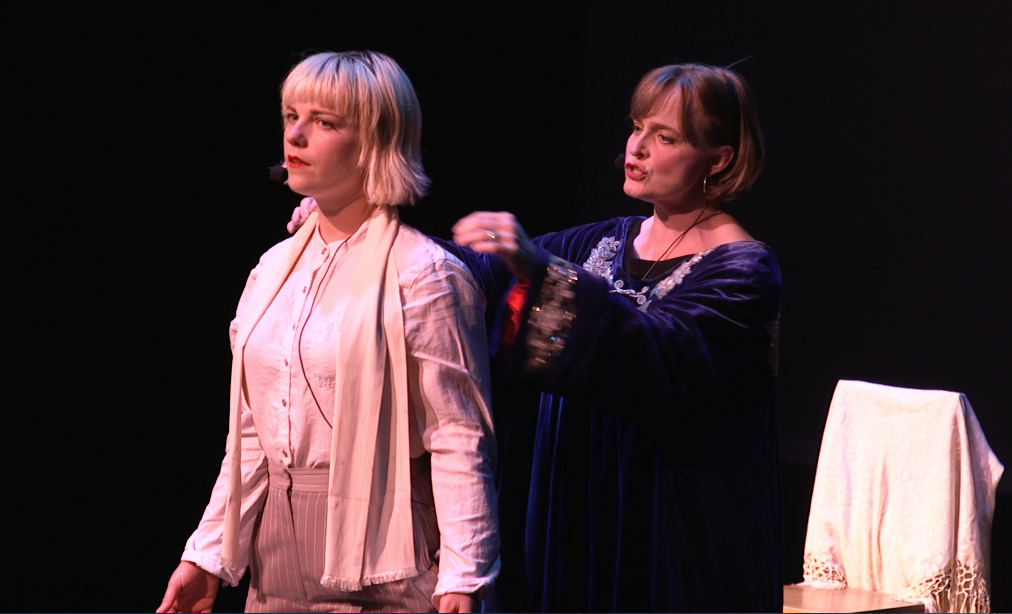
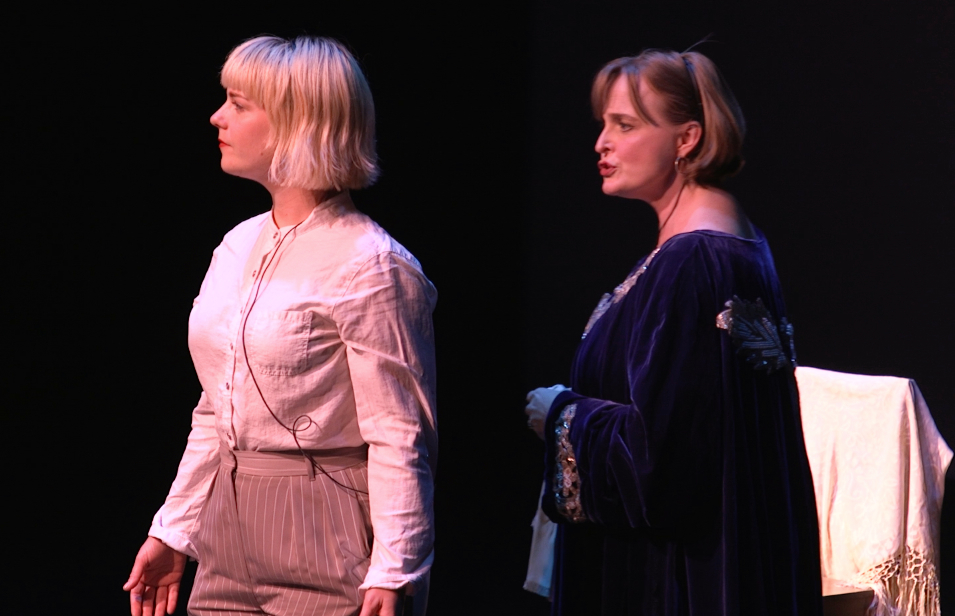
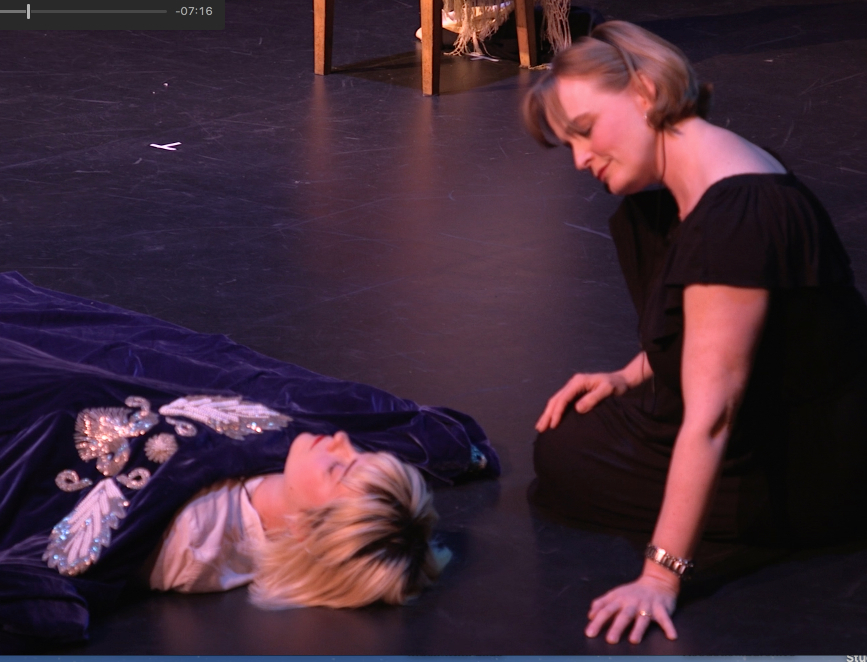
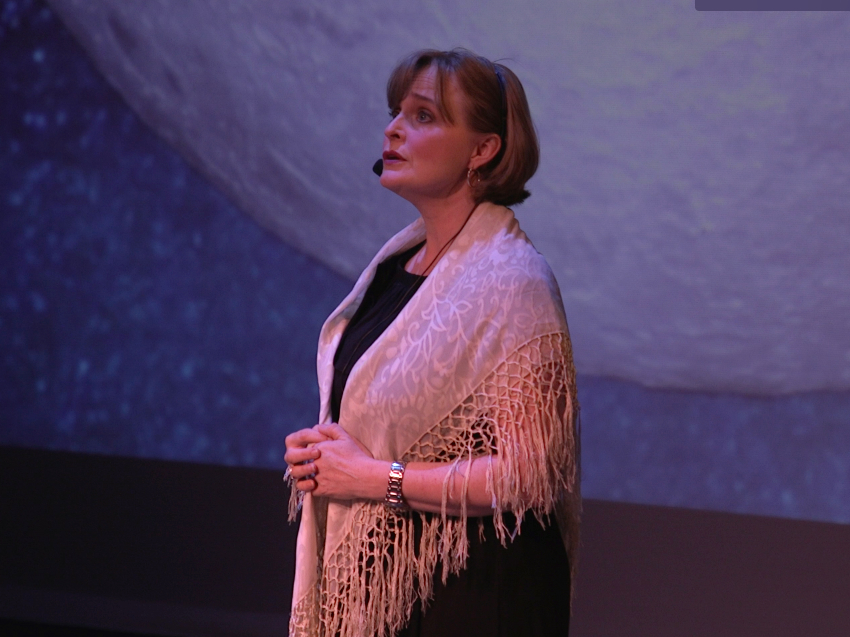
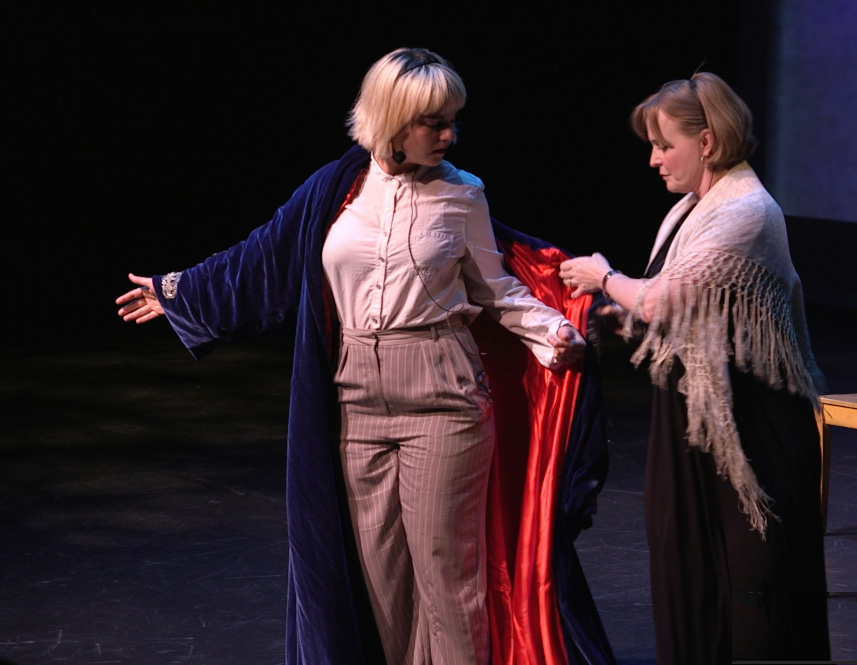
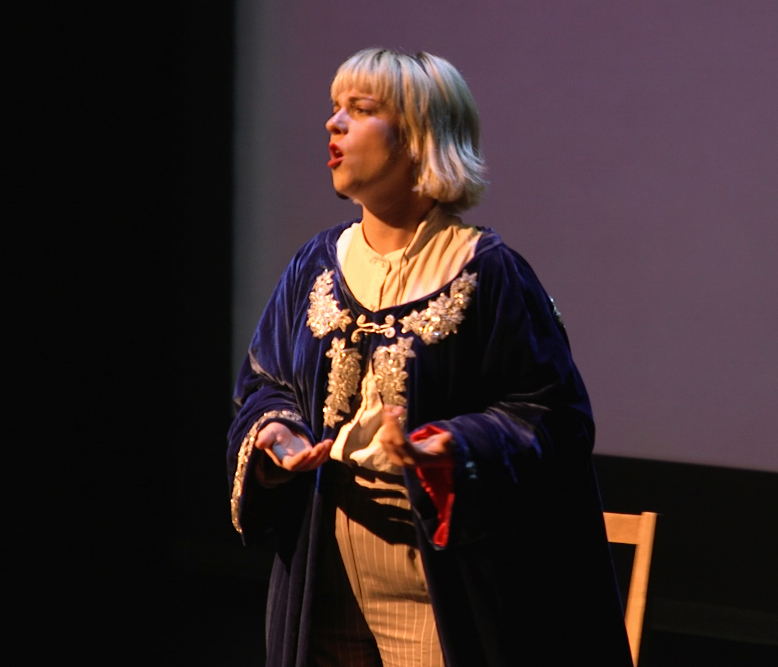
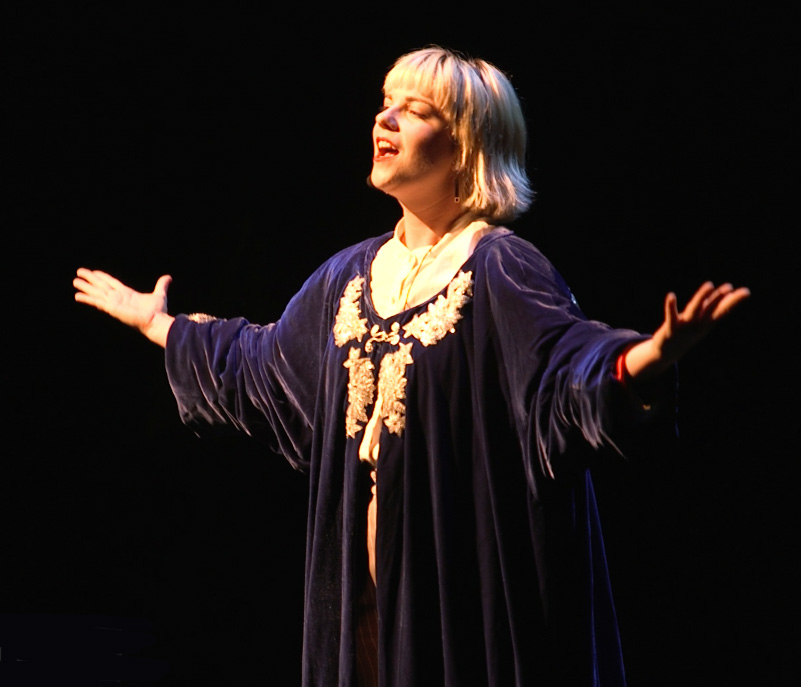
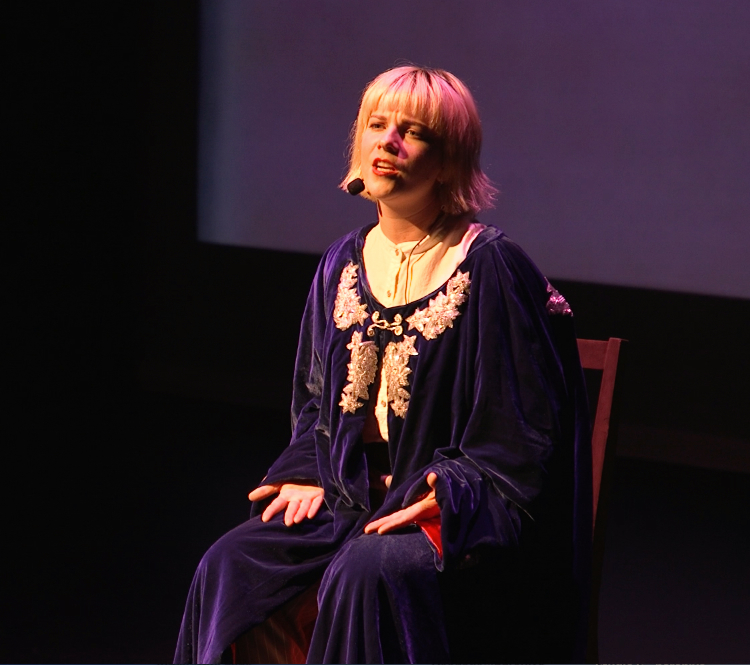
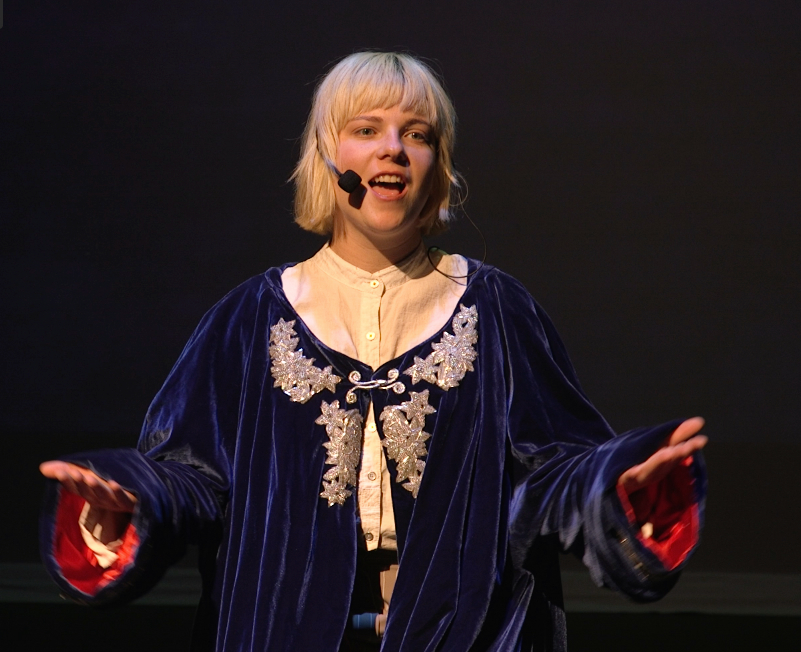
ENIGMA (Part 2) & FROM THE UNSEEN WORLD
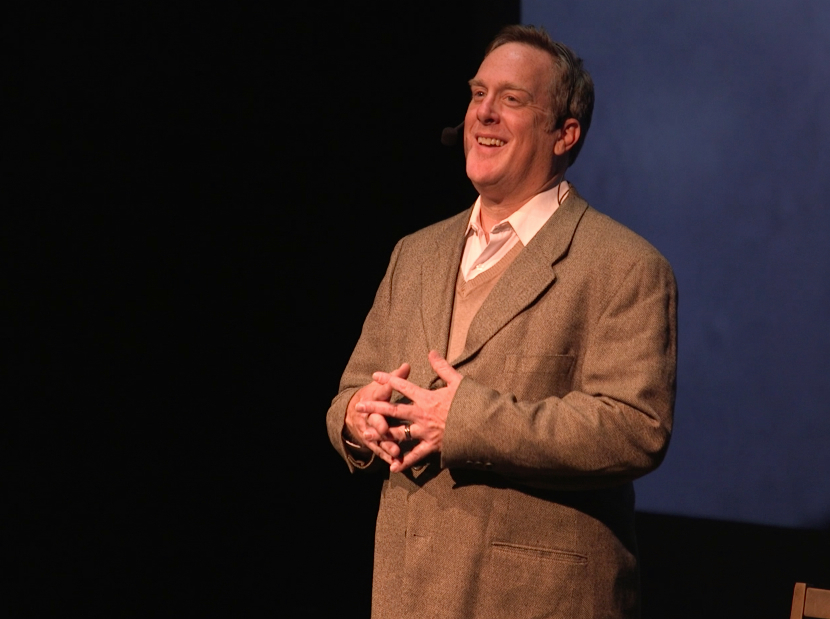
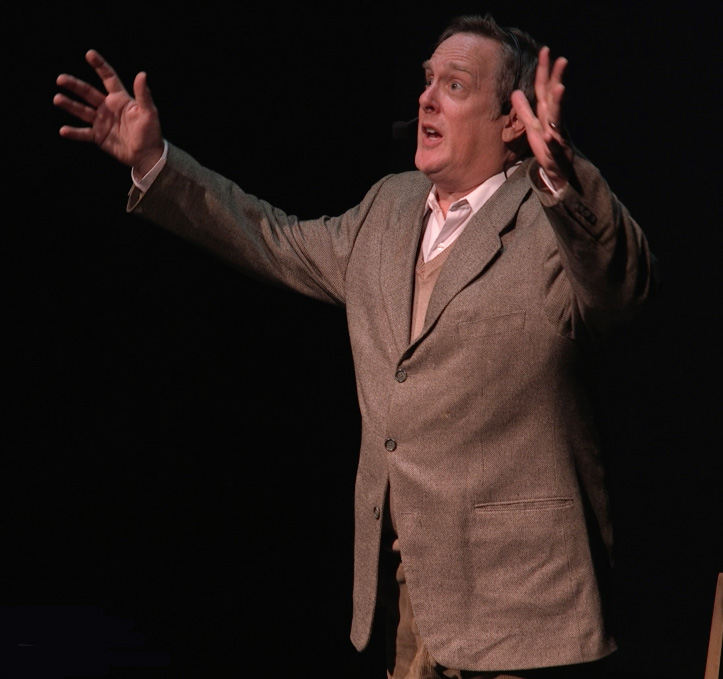
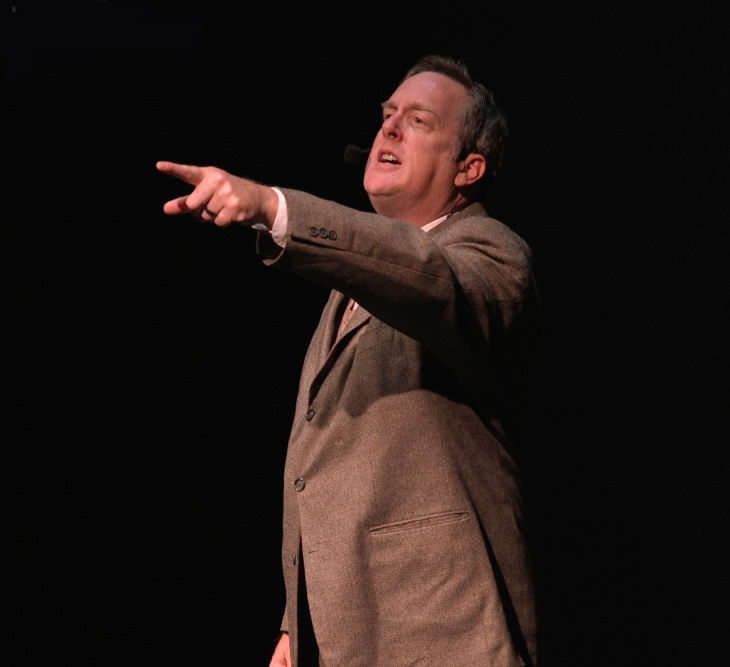
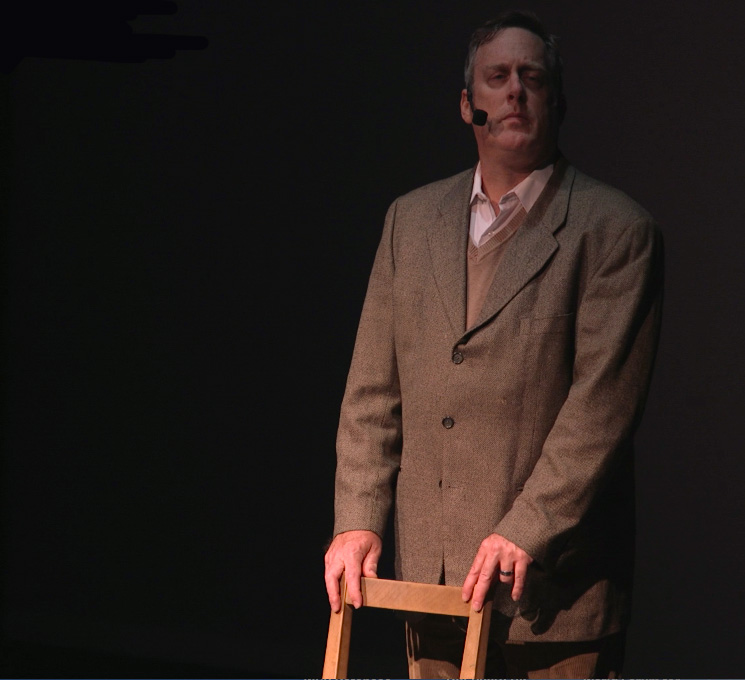
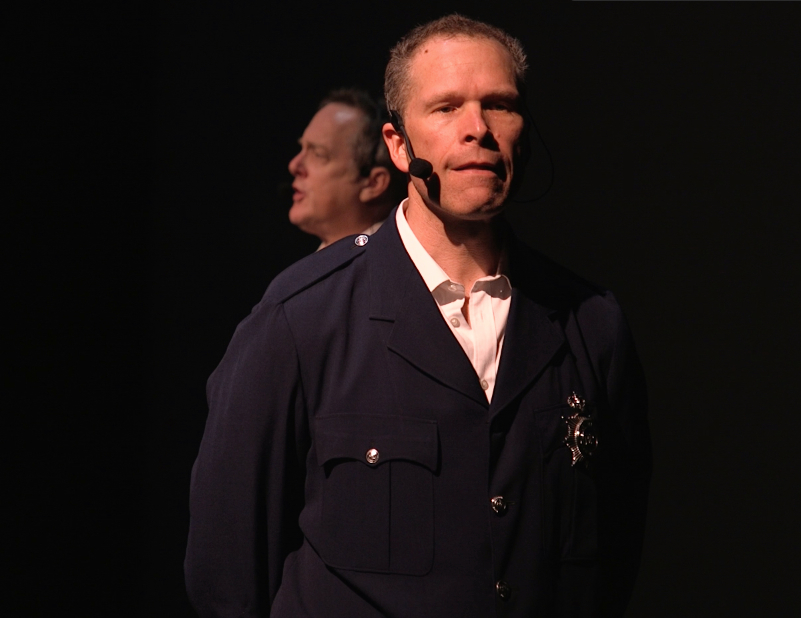
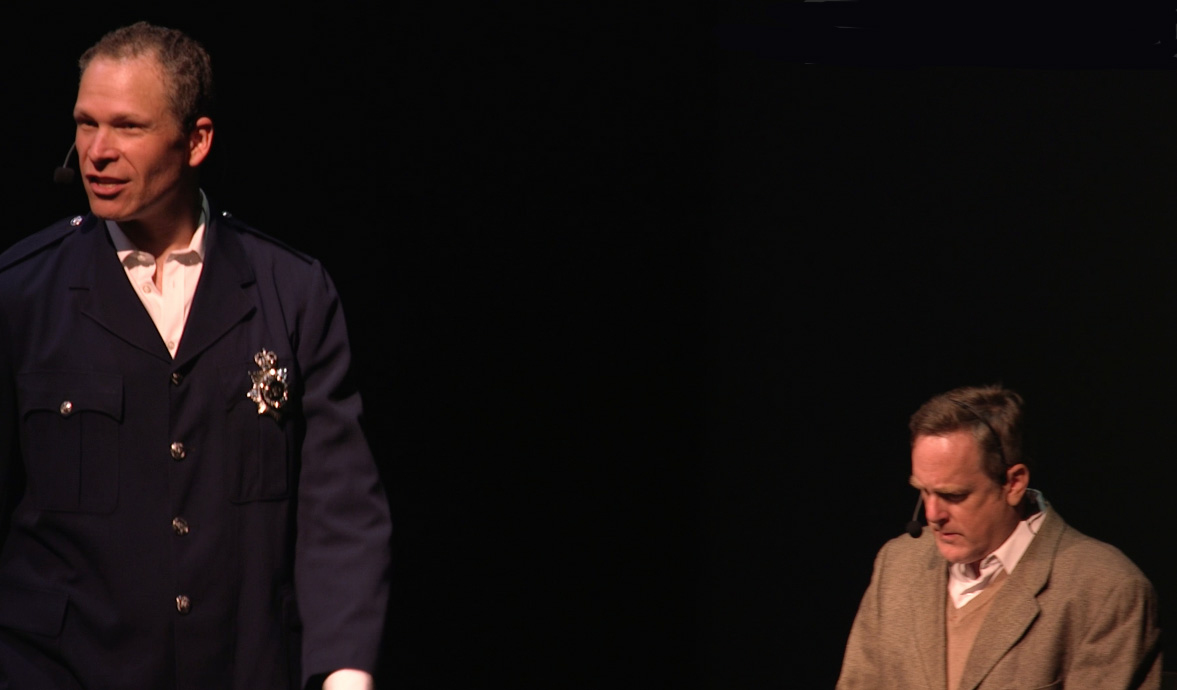
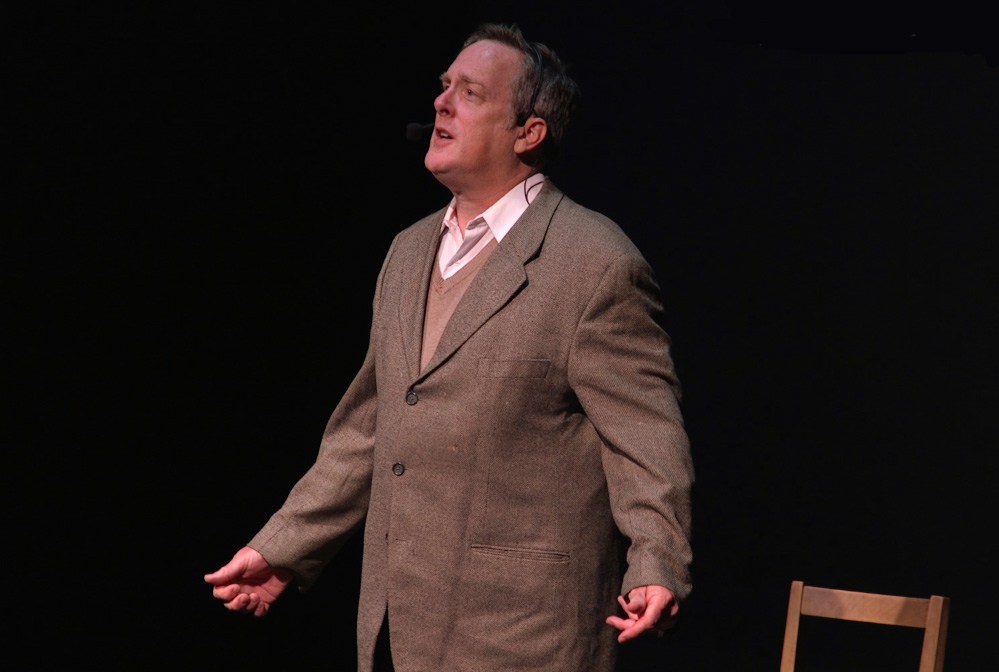
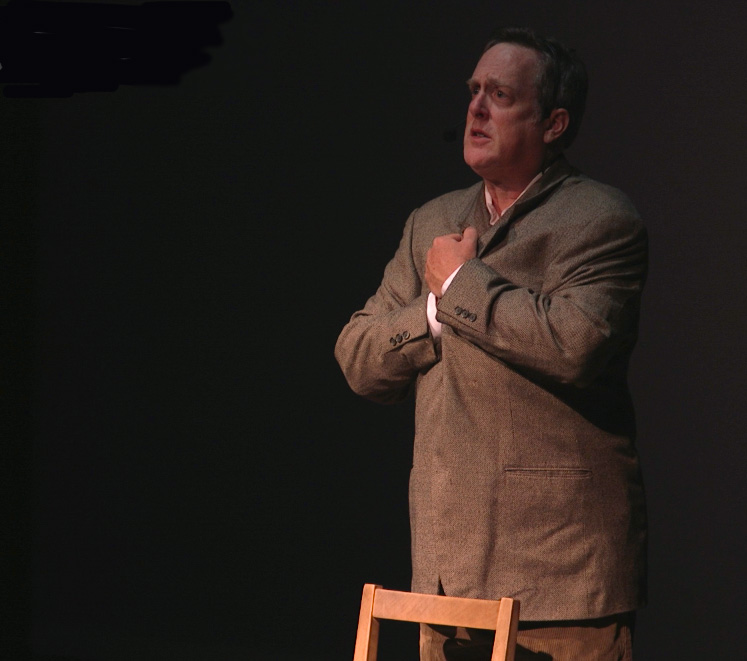
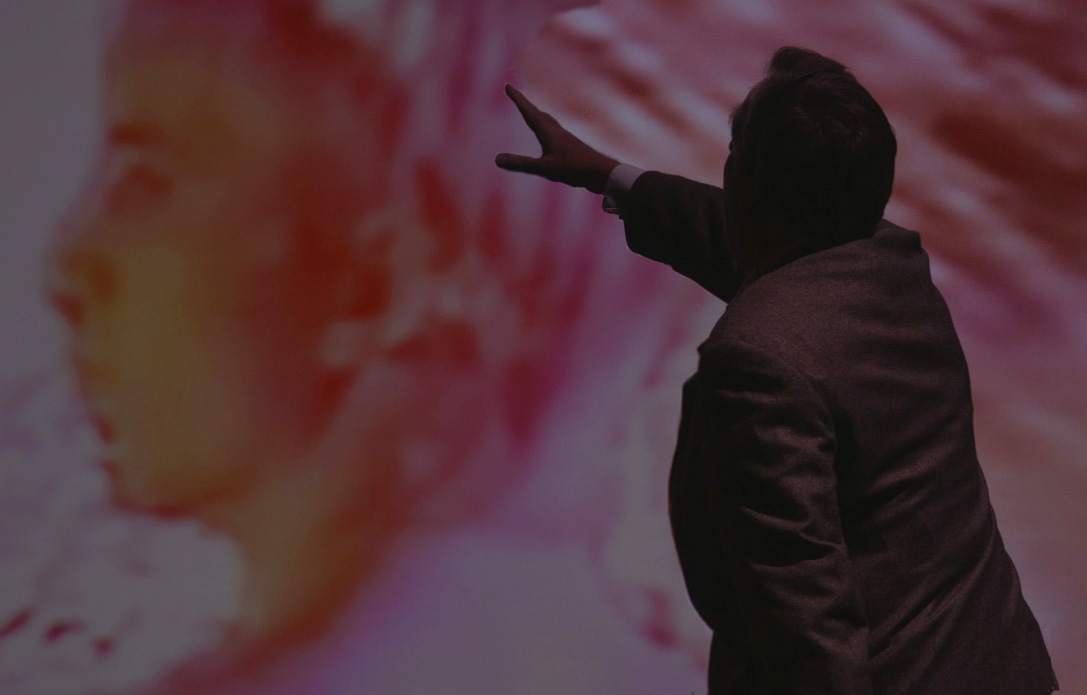
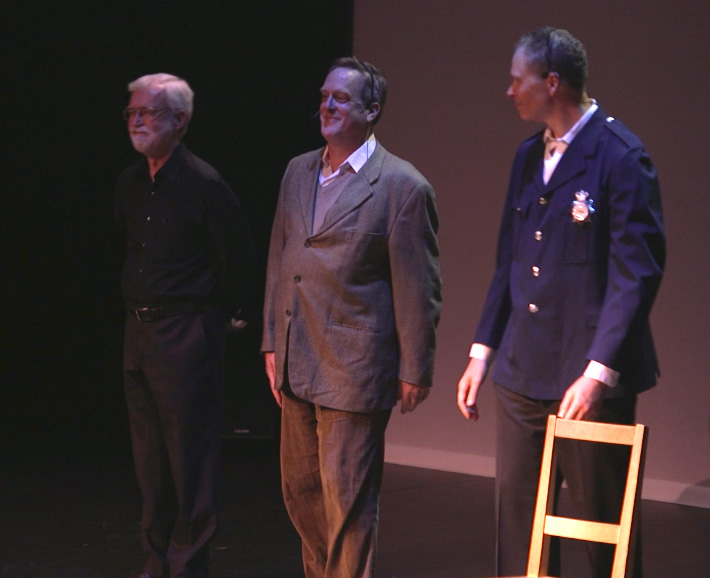
THE PIECES & THE PERFORMANCE VIDEOS
Videographer: Mingtao Kong; Editing: Barry Truax; Dramaturg: Brian
Postalian
SKIN & METAL (2004)
A music theatre piece for leather percussionist and digital soundtracks
Skin & Metal (2004), music theatre for leather percussionist and digital soundtracks (11.5’)
Jerry Pergolesi, percussion
Androgyne, Mon Amour (2001), a video with dancer, male double bass player and two digital soundtracks (16'); Text: Tennessee Williams
Thou & I (2003), for tenor, baritone and digital soundtracks (10’)
William George, tenor; Steven Maddock, baritone
Texts: Alfred Lord Tennyson, Walt Whitman, R. M. Rilke, Katherine Philips, Rumi
INTERMISSION
The Sibyl (1997), for two mezzo-sopranos, video and soundtracks (abridged version) (16’)
Melanie Adams, mezzo-soprano; Hilary Ison, mezzo-soprano;
Texts: Aphra Behn, Louise Labé, Katherine Philips, Lady Mary Wortley Montagu
Enigma (2012), The Life and Death of Alan Turing, for tenor, baritone, piano, video and soundtracks (Part 2 and From The Unseen World) (20’)
William George, tenor; Steven Maddock, baritone; Barry Truax, piano
Libretto by the composer, based on texts by Turing
THE PHOTOS
SKIN & METAL
 |
 |
 |
 |
 |
 |
 |
 |
 |
 |
THOU & I
 |
 |
 |
 |
 |
 |
 |
 |
 |
 |
THE SIBYL (abridged)
 |
 |
 |
 |
 |
 |
 |
 |
 |
 |
 |
 |
 |
 |
ENIGMA (Part 2) & FROM THE UNSEEN WORLD
 |
 |
 |
 |
 |
 |
 |
 |
 |
 |
THE PIECES & THE PERFORMANCE VIDEOS
Videographer: Mingtao Kong; Editing: Barry Truax; Dramaturg: Brian
Postalian
SKIN & METAL (2004)
A music theatre piece for leather percussionist and digital soundtracks
Skin & Metal is a music theatre work designed for a performer dressed as a "leather man" playing only drums and metallic instruments using "skin and metal", that is, bare hands, leather and metal objects to activate the instruments. The subtext of the work is the demimonde of S&M, and evokes the eroticism associated with it. Although the performer dominates the instruments, he or she can also be dominated by the equally powerful tape component that is constructed from transformations of the same instrumental sounds, so it is unclear who is the active and passive partner.The work was commissioned by CONTACT contemporary music and is dedicated to Jerry Pergolesi who first brought it to life. See also the article in Musicworks.
The Performance Video
Jerry Pergolesi, percussion
_______________________________________________________________________________________________________________
ANDROGYNE, MON AMOUR (1997/2001)
a video with dancer, male double bass player and two digital soundtracks; Text: Tennessee Williams
The Performance Video
Robert Black, double bass
Walter Kubanek, dancer & choreographer
The Text
Androgyne, Mon Amour (1997) incorporates a setting of six poems by Tennessee Williams from his book of the same title, as read by Douglas Huffman. The poems are intensely lyrical, intimate and erotic in a celebration of gay love that is acted out, both musically and dramatically, by the double bassist interacting in conventional and unconventional ways with the instrument which is personified as his lover and represented in this 2001 video by a dancer. The work was commissioned by and is dedicated to the virtuoso American double bassist Robert Black who performs on the soundtrack.________________________________________________________________________________________________________________
THOU & I (2003)
for tenor, baritone and digital soundtracks
The Performance Video
Will George, tenor
Steve Maddock, baritone
The Text
Thou and I is based on material from my electroacoustic opera Powers of Two, but in this adaptation the two singers represent lovers. The opening love duet, a setting of one of 131 stanzas written by Tennyson in memory of his friend, Arthur Hallam, is followed by a tenor solo using a Whitman text from Leaves of Grass that also celebrates male bonding. In the baritone solo, the singer appears to have passed into another realm where he fears death, as expressed by a R. M. Rilke poem, but longs for his lover. In the end they are reunited in the final duet, based on Rumi's poem "Thou and I" and Katherine Philips’ ode to a female friend._________________________________________________________________________________________________
THE SIBYL (1997)
for two mezzo-sopranos, video and digital soundtracks (abridged version)
The Performance Video
Melanie Adams, mezzo-soprano
Hilary Ison, mezzo-soprano
Marc Berezowski & Thecla Schiphorst, video recorded dancers
The Text
The Sibyl, also a part of Powers of Two, as a character represents traditional knowledge but she must find a successor, and does so in the person of a young journalist, a lesbian, who extols the new Golden Age represented by television, and simultaneously falls in love with the female models portrayed there. The Sibyl criticizes the falseness of these images and encourages her to forsake the materialism represented by the world of advertising. The Journalist does so through a symbolic death in which the Sibyl's cape is used to cover her, with a musical reference to Berg's Lulu. She is 'reborn' as Sappho to become the new Sibyl.
_________________________________________________________________________________________________
ENIGMA (Part 2) & FROM THE UNSEEN WORLD (2012)
for tenor, baritone, piano, video and digital soundtracks
The Performance Video (Enigma) and From The Unseen World
Will George, tenor
Steve Maddock, baritone
Barry Truax, piano
Hans Seidemann & Douglas Huffman, video recorded dancers
The Text
Alan Turing (1912-1954) was the brilliant British mathematician who is widely recognized as the father of the modern computer at the University of Manchester. He also became famous after his death when his role during World War II in deciphering the German “Enigma” code that was key to the British war effort in the Atlantic finally became publicly known. My work Enigma is a dramatic rendition of two key periods in Turing’s personal life, the first from his early years when he became infatuated with the brilliant Christopher Morcom who died young, and the second (presented here) from his final years when he was convicted of gross indecency (as was Oscar Wilde more than a half century earlier) because of a homosexual liaison. He eventually appears to have committed suicide. This leads to a piano and soundtrack piece From The Unseen World based on the digitally processed “Christopher arpeggio” which turns it into an ethereal swirl of harmonics, the title being a phrase of Turing’s to refer to the spirit dimension – and by extension to Christopher. The pitches that are not part of the arpeggio are heard in a bell-like chord that symbolizes the real world.
